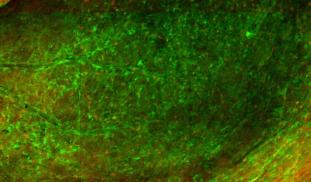Please wait...
About This Project
Can a cheap, over the counter pill, prevent the onset of ageing-related diseases and extend lifespan? I use the short-lived fish (9 to 12 weeks), Nothobranchius furzeri , as a model organism to test compounds for lifespan altering affects. Using my fish to quickly identify candidate supplements would save time in testing the different compounds on long-lived (3 years) mice and rats ; and instead research can quickly proceed to human trials.
More Lab Notes From This Project

Browse Other Projects on Experiment
Related Projects
Toward ethical and affordable antivenom solutions: Can anti-toxin be animal cruelty-free?
Snakebite envenoming causes over 100,000 deaths annually, yet current antivenoms depend on animal plasma...
Microplastics: Can engineered enzymes remove microplastics from the human body?
Polyethylene terephthalate (PET) microplastics have been detected in human blood and tissues, and linked...
Shutting down cancer’s recycling system with exosome-based therapy
Pancreatic cancer is one of the deadliest cancers because its cells survive by recycling their own components...




